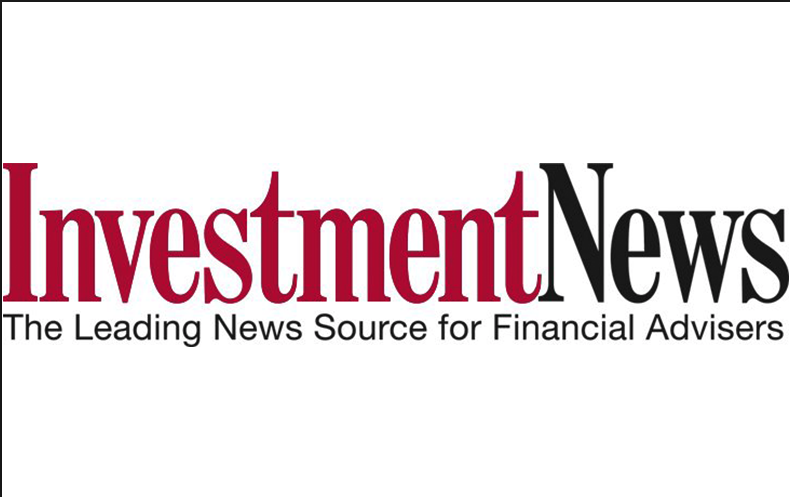Members of the American Stock Exchange are considering a lawsuit that could derail the National Association of Securities Dealers' plan to spin off the Nasdaq Stock Market.
The legal threat is the clearest indication that the 15-month-old merger of NASD and the Amex has failed to live up to its promise.
At the time of the merger, NASD chairman Frank Zarb said his goal was to create a "market of markets," where public companies could freely decide whether to list their stock in Nasdaq's decentralized dealer marketplace or the Amex's centralized auction market. Amex members now say Mr. Zarb oversold the effect this would have on their businesses.
"The hundreds upon hundreds of new listings we were promised never happened," says Andrew Schwarz, a partner with AGS Specialist and a former member of the Amex board.
Amex seatholders say the NASD misled them as to how many companies it would persuade to move over from Nasdaq to the New York-based Amex. Members want their grievances addressed before Nasdaq is sold, and they have scheduled a closed-door meeting for Thursday to discuss their options.
"A lawsuit is one of the possibilities that will be looked at," says Ira Koondel, general partner with Amex member firm BKI Associates. "There are a lot of potential synergies that will be lost because of this split-up."
NASD president Richard Ketchum says he has no knowledge of any legal challenges to the Nasdaq spinoff. "I believe this transaction is tremendously beneficial to the Amex," he says, "and I'd be real surprised to see a lawsuit."
In the restructuring plan, Nasdaq would convert from a not-for-profit to a private corporation, with the Amex remaining a wholly owned subsidiary. The group has offices in New York and Washington.
The NASD would sell 79% of the Nasdaq stock market via two private stock sales that could be followed by an initial public offering.
In theory, Nasdaq's new structure would give it the capital and management it needs to better compete with newer electronic communications networks like Island ECN and Instinet. These electronic trading systems have been siphoning off Nasdaq trades by undercutting commissions. Island, for instance, now handles 12% of all trades involving Nasdaq stocks.
Amex would get $215 million
The private placements are expected to raise at least $1 billion, with $215 million set aside for the Amex. The 1998 acquisition agreement called for the NASD to invest only $175 million in Amex -- $115 million to upgrade trading technology, $30 million on Amex-related marketing and advertising, and $30 million to create a fund designed to support Amex seat prices.
Still, Mr. Koondel and other Amex members believe they are being shortchanged. They think the new structure will make it impossible for the NASD to keep its promise to help reverse a decade-long decline in the number of stocks traded on the Amex -- a major reason why they agreed to the merger.
Between 1987 and 1997, the number of Amex-listed companies declined 11%, to 771. Over the same period, listings on the Nasdaq and the New York Stock Exchange increased 17% and 85%, respectively, to 5,487 and 3,047. Although the Amex's options and derivatives businesses remain strong, it has lost ground in equities since the merger.
Three of the Amex's most prized companies - Cablevision Systems, Hasbro and Viacom - recently departed for the Big Board, and some seatholders feel the NASD did not do enough either to save these listings or to replace them.
Thus they believe the NASD is partly to blame for the decline in Amex seat prices: The last one sold went for $395,000, down 41% from the record $670,000 in June. Seat prices on the Big Board are down 25% from their high in August.
wants lower standards
In addition to better marketing, Mr. Koondel also wants the NASD to allow the Amex to lower its listing standards so it can recruit smaller Nasdaq companies.
"I think if the playing field were leveled, it would increase member revenues, and would do a lot to enhance the climate around here," Mr. Koondel says. "But if nothing like that happens, then I think we'd want a direct payment to help support the price of the seats."
Any suit would probably seek to increase the Amex's share of the proceeds from the Nasdaq sale, according to another Amex member.
NASD officials counter that though net listings are down, the Amex added 90 new listings last year and that 100 are in the pipeline. Plus, they point out that the new Nasdaq-100 tracking stock that was introduced on the Amex last March has become a huge moneymaker for Amex members.
"We're doing the best we can," says Salvatore Sodano, chief executive of Amex and chief operating officer of the NASD. "You don't just automatically take a listing and say, `You're moving from this exchange to that exchange."'
Exchange experts say it was never realistic to assume that hundreds of Nasdaq companies would suddenly pull up stakes and move to the Amex.
"It's the company that decides which market it's going to be listed on," says Patrick Healy, president of the Issuer Network, which advises companies on where to list their stock. Besides, investment banks have a vested interest in recommending Nasdaq to their corporate clients, because most banks double as Nasdaq market makers.
"The idea that Nasdaq could deliver listings to the Amex was a silly notion," says Mr. Healy. "Zarb knew it and so did (former Amex chairman Richard) Syron."







